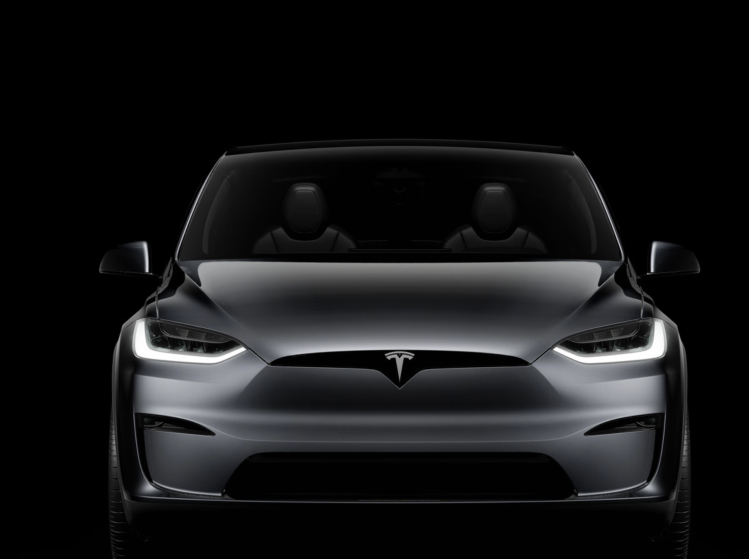At a time when companies are exploring multiple paths to compete in the ADAS space, one startup is placing a bold bet on a radar-centric system. The eight-year-old startup,
Zendar, plans to transform ADAS in India with radar-focused, AI-based, and cost-effective solutions to make advanced technologies more accessible, with the goal of improving road safety.
The Berkeley-based startup—founded by two technologists Vinayak Nagpal and Jimmy Wang--aims to make ADAS stack technology 10 times cheaper by using radar-centric technology—a potentially game-changing move for the Indian automotive market.
“This is a state-of-the-art AI-capable radar, which is very cheap and also fairly low-cost in terms of compute,” said Vinayak Nagpal, CEO and Co-founder of Zendar, in an interaction with ETAuto.
The company's production-ready ADAS solution is built on NXP silicon technology, which is trained on Indian driving data. Zender's choice of technology is a contrast to camera-based system used by industry peer Minus Zero.
Why Radar Technology?
Earlier limitations of radar—such as poor scene understanding—are now being overcome. “Today, you can achieve complete scene understanding with radar,” Nagpal said. Unlike cameras, radar is unaffected by colour, lighting, speed variations, or distance, making it a more reliable choice for India’s unpredictable road conditions.Zender's ADAS architecture shifts the workload from cameras to radar, significantly reducing compute requirements. Their system handles object detection, classification, and drivable area mapping, while cameras are used primarily for lane detection and traffic lights.
Challenges in ADAS tech
However, adoption of ADAS technology still faces a roadblock in the Indian market. Nagpal highlights common challenges—such as collision warnings and AEB (Automatic Emergency Braking) frequently generating false alarms in response to speed breakers or routine traffic behaviour. Additionally, ACC (Adaptive Cruise Control) struggles in mixed traffic scenarios involving pedestrians and various vehicle types, requiring frequent manual intervention.Another challenge lies in the fact that conventional ADAS systems were designed for Western highways, and thus fail to handle the chaotic nature of Indian roads. Zendar proposes an end-to-end AI-based driving system specifically trained for these conditions.
Camera or Radar—Which is Better?
Startups like Zendar and Minus Zero are both developing AI-enabled autonomous or ADAS solutions tailored for Indian road conditions—but they are betting on different approaches. While Zendar uses radar-first architecture, Minus Zero relies on camera-based AI systems.Unlike cameras, which may struggle with poor visibility, radar technology is seen by some as a better bet.
Autonomous driving, electrification, ADAS and more AI-led technologies are paving ways to new technology frontiers creating an open ground for innovation. And startups like Zendar are trying to push the technological envelope.





Comments (0)